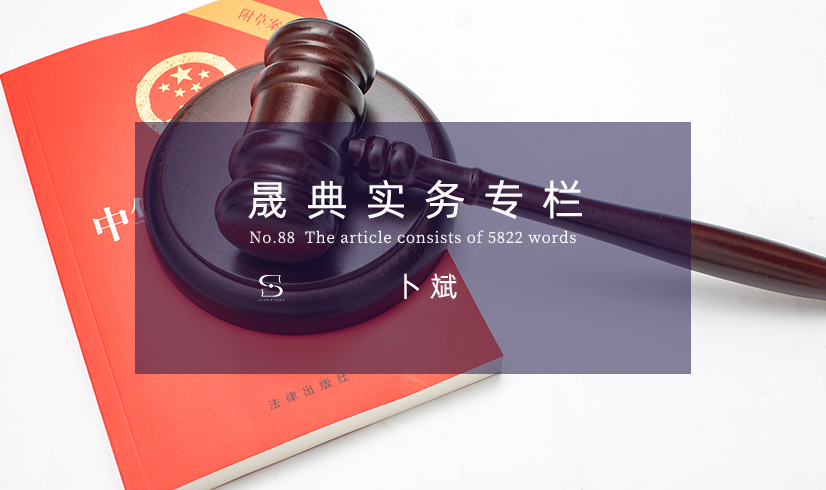
Sheng Code Practice... Bu Bin: The legal analysis of the additional shareholders of the outstanding capital contribution period in the implementation procedure.
article 13, paragraph 2 of the (III) of the supreme people's court on the application of the the People's Republic of China company law (hereinafter referred to as the third judicial interpret...
2023-10-10
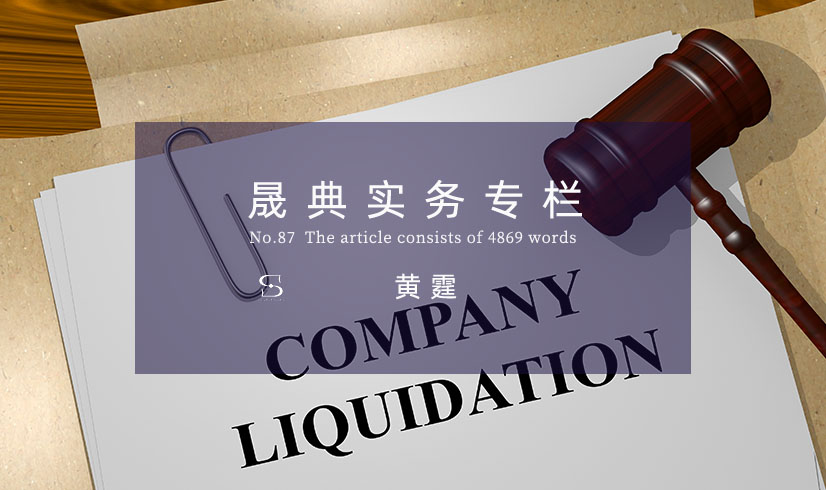
Sheng Dian Practice | Huang Ting: Analysis of the Boundary of Responsibility for the Liquidation Group's Failure to Fulfill its Notice and Announcement Obligations
Liquidation is the legal procedure before the cancellation of the company, and the liquidation group is the main body responsible for the liquidation. Within ten days from the date of the establishment of the liquidation group, it shall notify all known creditors of the dissolution and liquidation of the company in writing (notification obligation), and within 60 days in accordance with the size of the company and the scope of business in the country or the company's registration at the provincial level influential newspapers (announcement obligation). Article 189, paragraph 3, of the "the People's Republic of China Company Law" (hereinafter referred to as the "Company Law") stipulates that "if a member of the liquidation team causes losses to the company or creditors due to intentional or gross negligence, he shall be liable for compensation". Article 11, paragraph 2, of the (II) of the Supreme people's Court on several issues concerning the Application of the the People's Republic of China Company Law stipulates that "if the liquidation group fails to perform the obligations of notice and announcement in accordance with the provisions of the preceding paragraph, resulting in the creditor failing to declare the creditor's rights in time and not being paid off, if the creditor claims that the members of the liquidation group shall be liable for compensation for the losses caused by this, the people's court shall support in accordance with the law". The aforementioned legal provisions and judicial interpretations have not further clarified the specific type of legal liability in the "liability" of the liquidation group, resulting in the current judicial practice has not yet formed a unified judgment standard. This paper intends to analyze and discuss this according to the current legal provisions.
2023-09-20
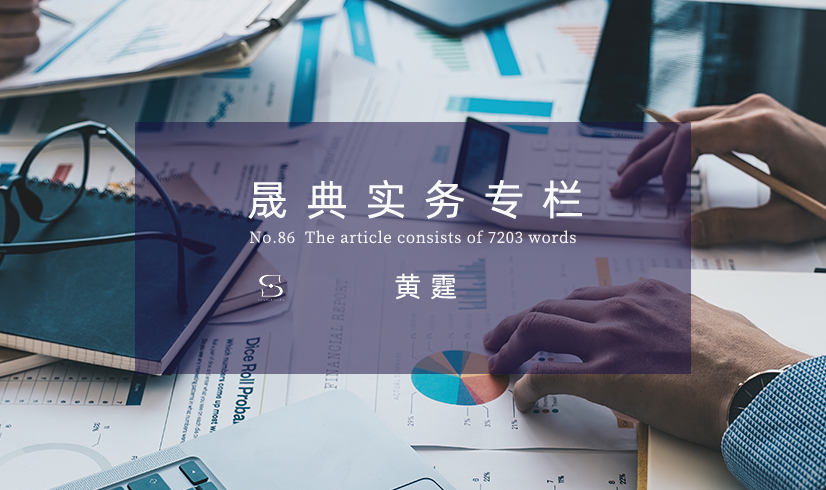
Shengdian Practice... Huang Ting: Refusal to return the illegal distribution of profits to the company's shareholder responsibility to explore.
Article 166, paragraphs 1, 2 and 5 of the the People's Republic of China Company Law (hereinafter referred to as the Company Law) stipulates that "when a company distributes its after-tax profits for the current year, it shall withdraw 10 percent of the profits and include them in the company's statutory provident fund. If the accumulated amount of the company's statutory provident fund is more than 50% of the company's registered capital, it may not be withdrawn. If the statutory provident fund of the company is not sufficient to make up for the losses of the previous year, the profits of the current year shall be used to make up for the losses before the statutory provident fund is withdrawn in accordance with the provisions of the preceding paragraph. If the shareholders' meeting, the general meeting of shareholders or the board of directors violates the provisions of the preceding paragraph and distributes profits to shareholders before the company makes up for losses and withdraws the statutory provident fund, the shareholders must return the profits distributed in violation of the provisions to the company." From this, it can be seen that the standard process for the company to distribute the after-tax profits of the current year to shareholders is as follows: first, if the company has losses in previous years and the existing statutory provident fund is not enough to make up for them, the company shall make up for the losses with the after-tax profits of the current year before distributing the after-tax profits of the current year, 10% of the after-tax profits of the current year shall be withdrawn and included in the company's statutory provident fund-if the total amount of the statutory provident fund withdrawn by the company has reached 50% (inclusive) or more of the registered assets, the second step may not be carried out; The third step, if the second step is completed or the second step is not required, the company will distribute profits to shareholders. The above-mentioned provisions of the Company Law stipulate that if the company distributes profits to shareholders in violation of the above-mentioned standard process, the shareholders must return the profits distributed in violation of the provisions to the company, but the Company Law and its judicial interpretation do not make further provisions on what legal liability the shareholders will bear as a result of their refusal to return the profits and how to bear them. Based on this, in order to avoid that shareholders may still be responsible for the company's debts after fulfilling their full capital contribution obligations, and accordingly, in order to explore a feasible way to improve the debt settlement rate of the company's creditors, this paper intends to take the relevant provisions of Article 166 of the Company Law as the basis for the right of claim, and at the same time, with reference to the current legal provisions and judicial interpretations, to study and analyze the resulting shareholder liability and form a tendentious conclusion.
2023-08-24
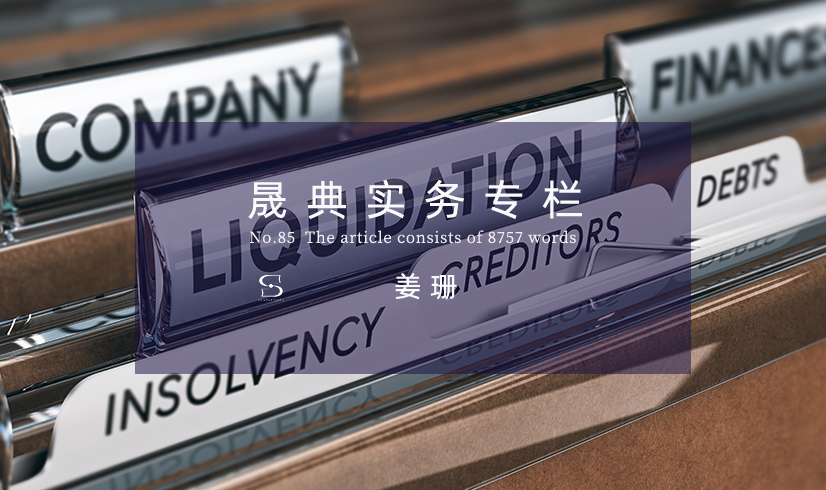
Sheng Code Practice... The issue of shareholder capital contribution obligations in the liquidation procedure is analyzed.
At the beginning of the establishment of the company or in the process of subsequent operation, shareholders tend to enlarge the amount of the company's registered capital as much as possible based on various needs, and the corresponding shareholders' capital contribution obligations also become larger. However, based on the practical considerations of the capital contribution period and capital cost enjoyed by shareholders based on the subscribed capital system, the time when the company's registered capital is in place or the shareholders' paid-in capital is often lagging behind the actual operating needs of the company, this has triggered the moral hazard of shareholders evading the paid-in capital contribution under the condition of poor benefits from the company. Some shareholders try to leave the company through equity transfer to evade the responsibility of the capital contribution. Some shareholders simply close and cancel the company directly under the condition that the company's liabilities have not been paid off. Can the relevant operations achieve the purpose of not requiring the paid-in capital contribution and escaping legal accountability. This paper will be combined with specific case analysis.
2023-08-18
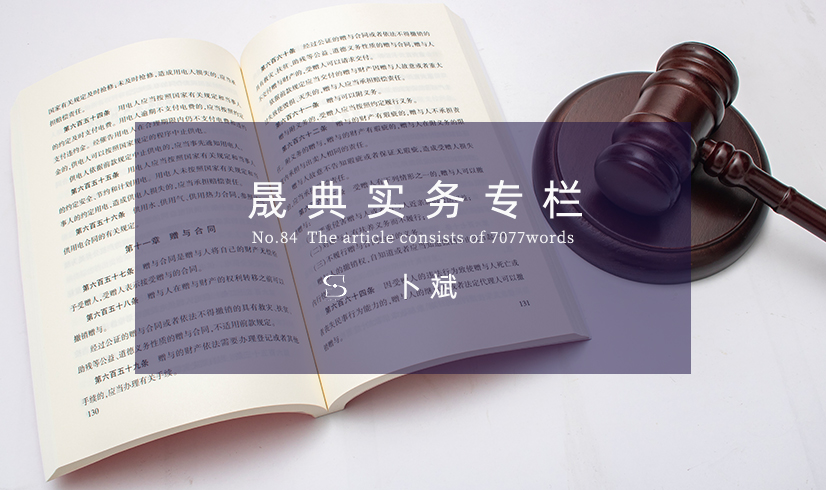
Sheng Code Practice... An empirical study of issues related to judicial dissolution.
Judicial dissolution, also known as ruling dissolution, refers to a procedure in which the judicial organ decides the dissolution of the company according to the request of the qualified subject upon the application of the relevant parties when there is a deadlock or other serious problems in the company [Note 1]. It is a legal system in which the company forcibly intervenes through judicial means and finally resolves the deadlock when there is an impasse that cannot be resolved. Article 182 of the the People's Republic of China Company Law (hereinafter referred to as the "Company Law"): "If serious difficulties occur in the operation and management of the company, and the continuation of the company will cause major losses to the interests of shareholders, and it cannot be resolved through other means, the company is held Shareholders with more than 10% of the voting rights of all shareholders may request the people's court to dissolve the company." The four elements of judicial dissolution can be summarized in the aforementioned provisions, namely, the main element, the deadlock element, the impairment of rights and interests element, and the exhaustion of relief element [Note 2], which will be described and discussed in detail below.
2023-07-07
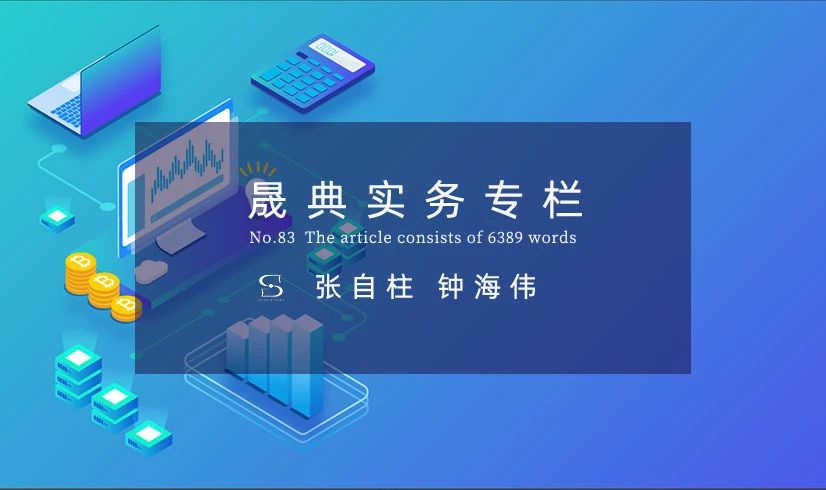
Gambling Type Analysis and Criminal Risk Identification of Live Broadcast Platform
preface on December 23, 2022, the people's court of dujiangyan city, Sichuan province, announced a" nine outdoor gambling case "in front of the fighting fish platform, the court held tha...
2023-05-29
